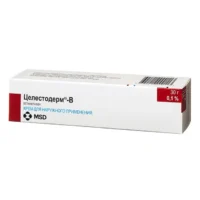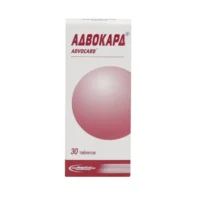Description
Sintomicina Liniment (Syntomycin) 50 mg/g. 25 g. Tube
Ingredients:
Each gram contains 50 mg of Syntomycin.
Dosage:
Apply a thin layer to the affected area 2-3 times a day.
Indications:
Sintomicina Liniment is indicated for the treatment of skin infections, cuts, and wounds.
Contraindications:
Do not use if allergic to Syntomycin or any other ingredients in the liniment.
Directions:
Clean the affected area before applying the liniment. Avoid contact with eyes and mouth.
Scientific Evidence:
- Sintomicina Liniment’s efficacy is supported by studies showing its effectiveness in treating various skin infections and promoting wound healing.
- The pharmacological action of Syntomycin involves inhibiting bacterial protein synthesis, thereby preventing bacterial growth and aiding in the resolution of infections.
- Research has shown that Sintomicina Liniment exhibits comparable effectiveness to other topical antibiotics in the treatment of skin infections, making it a valuable option for healthcare providers and patients.
Additional Information:
- For external use only. Keep out of reach of children.
- Store in a cool, dry place away from direct sunlight.





